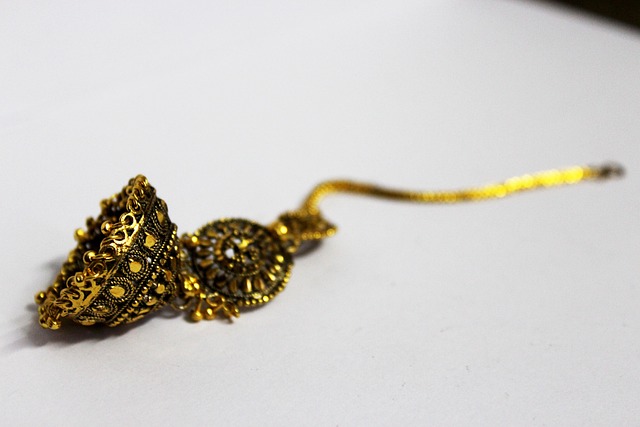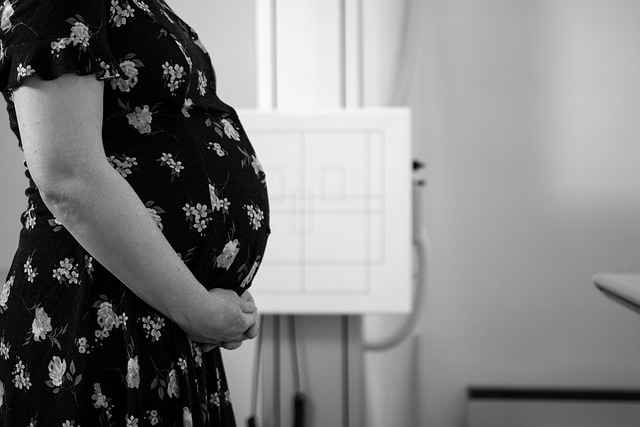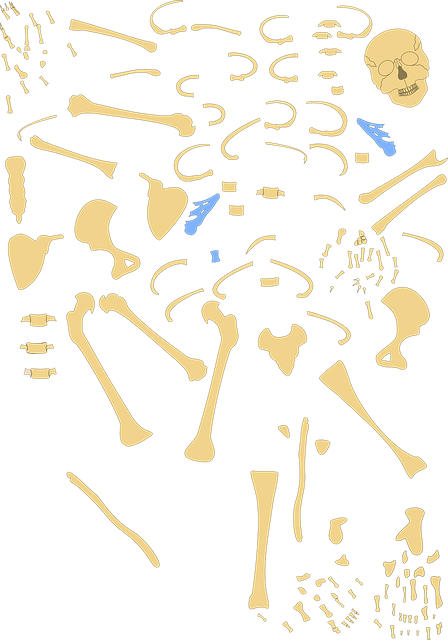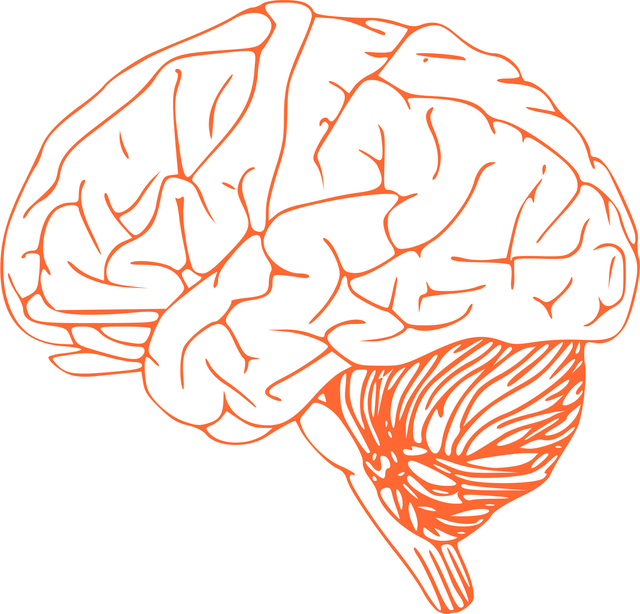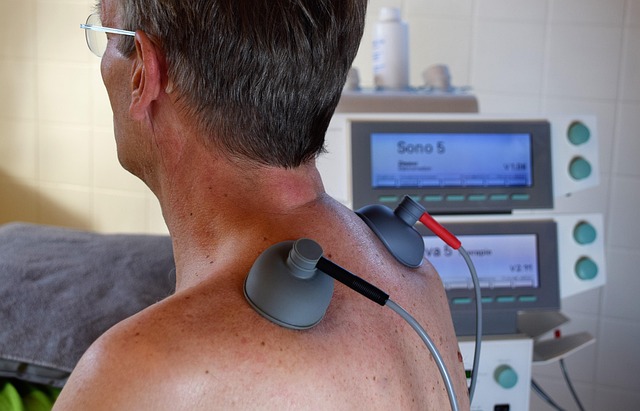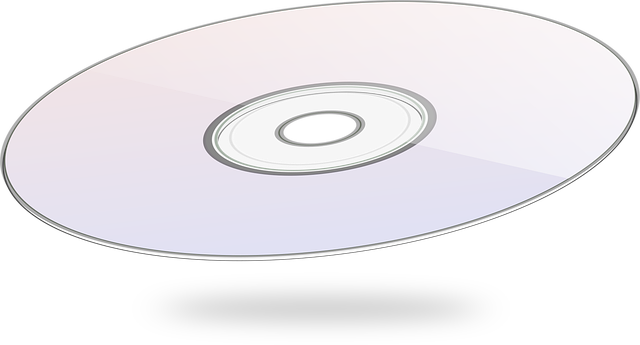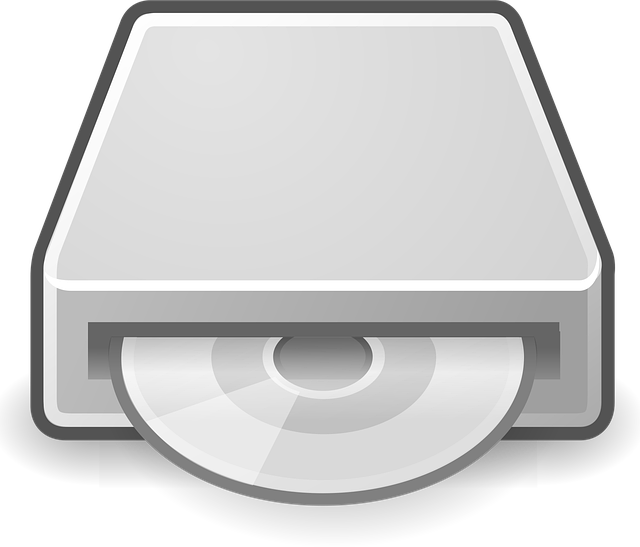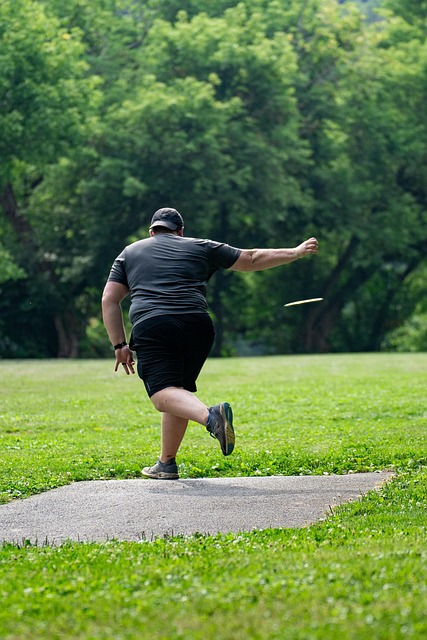Chiropractic management, a non-invasive approach, effectively treats herniated discs post-car crash, focusing on spinal adjustments and targeted exercises to reduce pain, improve mobility, and restore disc health. This method, combined with physical therapy, offers a holistic solution for faster recovery compared to traditional invasive procedures.
“Experience pain and limited mobility after a car crash? Discover the power of non-invasive disc rehabilitation for herniated discs. This comprehensive guide explores effective strategies, including chiropractic care specifically tailored for post-car crash victims. Learn how non-invasive treatment options can alleviate whiplash injuries, focusing on reducing pain and enhancing movement. From chiropractic management to advanced rehabilitation techniques, understand your path to recovery and reclaim your active lifestyle.”
- Chiropractic Care for Herniated Discs Post-Car Crash
- Non-Invasive Treatment Options After Whiplash Injury
- Rehabilitation Strategies: Reducing Pain, Improving Mobility
Chiropractic Care for Herniated Discs Post-Car Crash
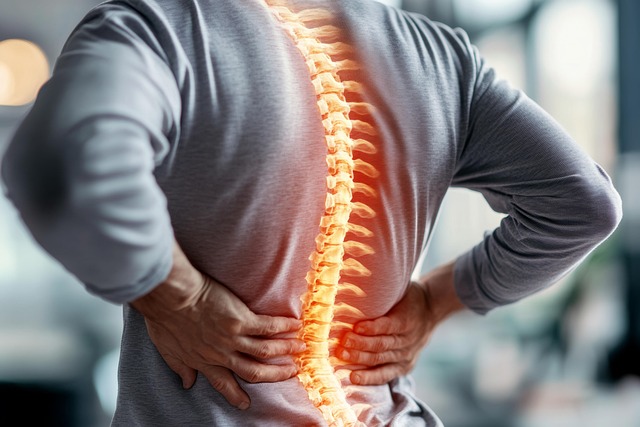
Chiropractic care has emerged as a non-invasive disc rehabilitation approach gaining popularity for individuals suffering from herniated discs following car crashes. This gentle, hands-on therapy focuses on adjusting and mobilizing the spine to reduce pressure on affected nerves, promoting natural healing and pain relief.
Chiropractors utilize various techniques tailored to each patient’s specific condition, aiming to improve disc health, restore spinal function, and alleviate symptoms like pain, numbness, or weakness often experienced after a car accident. Through careful manipulation and targeted exercises, chiropractic management can help individuals regain mobility, enhance their quality of life, and potentially avoid the need for more invasive procedures.
Non-Invasive Treatment Options After Whiplash Injury

After a whiplash injury from a car crash, non-invasive treatment options can play a crucial role in disc rehabilitation. Chiropractic management is one such approach that has gained popularity. Chiropractors utilize manual adjustments and manipulation techniques to restore mobility and alleviate pain in the spine, which is often affected after a collision. This method is particularly beneficial for patients with herniated discs, offering a non-surgical solution to improve disc health and reduce inflammation.
Additionally, physical therapy and targeted exercises can significantly contribute to recovery. These programs are tailored to strengthen the back and neck muscles, improving overall stability and reducing the risk of future injuries. By combining these non-invasive treatments, patients can effectively manage their symptoms, enhance spinal function, and return to their regular activities post-car crash with better resilience and reduced reliance on invasive procedures.
Rehabilitation Strategies: Reducing Pain, Improving Mobility

Rehabilitation strategies for individuals with non-invading disc issues, particularly those suffering from herniated discs after a post-car crash, focus on reducing pain and improving mobility. Chiropractic management plays a significant role in this process. Chiropractors employ various techniques such as manual adjustments, thermal therapy, and exercises designed to restore range of motion without the need for invasive procedures. These methods aim to alleviate pressure on affected nerves, reduce inflammation, and promote natural healing.
Through personalized treatment plans, patients can regain their physical capabilities and learn strategies to prevent future injuries. This includes educational components on posture correction, ergonomics, and lifestyle modifications to support disc health. By combining these rehabilitation techniques, individuals can effectively manage their pain, restore mobility, and return to their regular activities faster and safer than traditional invasive methods.
Non-invasive disc rehabilitation offers a promising path for those suffering from injuries like herniated discs post-car crashes and whiplash. Chiropractic care, alongside other non-invasive treatment options, plays a crucial role in managing pain, restoring mobility, and enhancing overall quality of life. By exploring these strategies, individuals can navigate their recovery journey effectively without resorting to invasive procedures.
